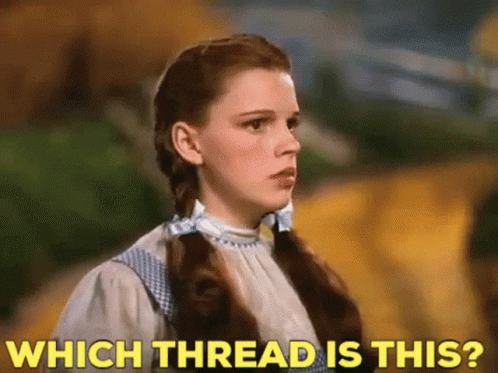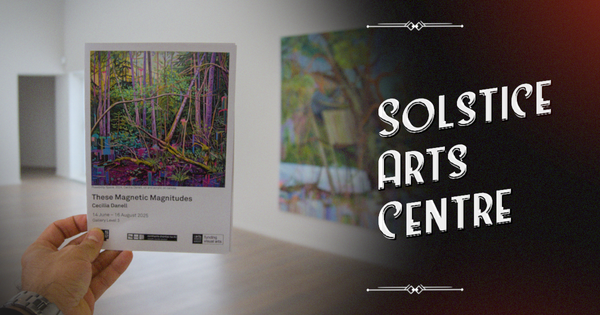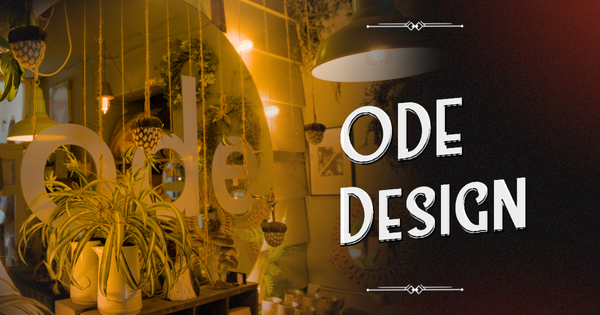When Advertising Feels Like Art: What These Brilliant Campaigns Teach Us About Creativity
A few weeks back, I was scrolling through X and stumbled on a thread showcasing creative ad campaigns from the past decade.

You know how sometimes you see an ad and it just... stays with you?
Not because someone paid for it to show up fifteen times in your feed. But because something about it felt real. Like someone actually thought about what you'd care about, not just what they wanted to sell.
I've been thinking about this a lot lately.
A few weeks back, I was scrolling through X and stumbled on a thread showcasing creative ad campaigns from the past decade. I probably spent an hour just going through them, pausing on certain ones, thinking "how did they even come up with that?"
And I kept coming back to the same question: why do some campaigns burrow into your brain while others just... evaporate?
So I pulled together a handful of my favourites—some you've definitely seen, maybe a couple you haven't—and started unpacking what makes them stick. Not all of them. Just the ones that made me stop and think differently about what advertising can be.
Think of this like walking through a small gallery together. We'll stop at each piece, look at it for a bit, and talk about what it's trying to say.
🧭 Patagonia's "Don't Buy This Jacket" — When Honesty Becomes Strategy

This one still gets me.
Back in 2011, Patagonia did something that sounds absolutely mental on paper: they took out a full-page ad on Black Friday—the holiest day of consumerism—and told people "Don't Buy This Jacket."
Like, imagine pitching that in a boardroom. "Yeah, so we're going to spend thousands on an ad that tells people not to give us money."
But here's the thing—it wasn't about reverse psychology or some clever trick. It was Patagonia being completely honest about who they are. They've always been about sustainability, about making stuff that lasts, about not contributing to throwaway culture. This ad was just them saying it out loud, in the boldest way possible.
And people got it. Sales went up 30% that season.
Not because customers ignored the message, but because they trusted a brand that was willing to put values before profit—even if just for a moment. In a world where every brand claims to care, Patagonia actually showed it by telling you not to consume unless you really needed to.
That's the thing about honesty in marketing. It's rare enough that when you actually see it, it stops you cold.
🚀 Red Bull's Stratos Jump — The Day Marketing Became History
Okay, so. Felix Baumgartner jumping from the edge of space.
I remember exactly where I was when this happened. October 14, 2012. My mate sent me a text: "Are you watching this??" with a YouTube link. And there we were, eight million of us around the world, watching this man in a pressure suit prepare to literally fall from space.
That moment when he jumped? When he broke the sound barrier in freefall? That wasn't an ad. That was history happening in front of you, with a Red Bull logo on it.
The genius of it is that Red Bull didn't need to say anything. They didn't need a voiceover going "Red Bull gives you wings" (though, I mean, that's literally their tagline). They just showed it. The most extreme thing a human could possibly do, and Red Bull made it happen.
That's brand essence made physical. That's putting your money where your mouth is in the most spectacular way imaginable.
You can't buy that kind of moment with traditional advertising. You have to create it. And once you do, it becomes part of culture. People who don't even drink Red Bull remember that jump.
That's the power of going big. Not loud—big. There's a difference.
✈️ Specsavers at Sydney Airport — Comedy That Knows Where It Is

This is one of my favourites because it's so simple it almost shouldn't work—but it absolutely does.
Picture this: you're walking through Sydney Airport, probably tired, definitely looking for your gate. You pass by the arrivals board, and right next to it is a massive Specsavers billboard that reads:
"Welcome to Melbourne."
Then below, in smaller letters:
"Should've gone to Specsavers."
I don't know who signed off on that, but they deserve a raise.
It works because it's location-based humour done right. The joke doesn't interrupt your day—it joins the exact moment you're in. You're in an airport, you're thinking about destinations, and suddenly there's a punchline about getting the wrong city.
It's so contextual that it only makes sense in that one spot. Put it anywhere else and it falls apart. But right there, next to the arrivals sign? Perfect.
The lesson: Great ads don't interrupt your world—they join the conversation you're already in.
🍔 Burger King's "Whopper Detour" — Hijacking Reality Itself

In 2018, Burger King did something genuinely wild.
They geofenced every McDonald's location in the United States—all 14,000 of them—and offered customers a Whopper for one cent. But here's the catch: you could only unlock the offer if you were physically standing inside or near a McDonald's.
So they basically got McDonald's customers to open the Burger King app, order a Whopper, and then leave McDonald's to go pick it up at the nearest Burger King.
It wasn't just a discount. It was a statement. A stunt. A middle finger wrapped in a marketing campaign.
The app skyrocketed to #1 in downloads. Burger King got millions of dollars worth of press coverage. And most importantly, they made McDonald's real estate work for them.
That's not competing. That's hijacking.
And honestly? In a world where everyone's playing safe, that kind of audacity is refreshing.
The lesson: Sometimes the boldest move is using your competitor's strength against them.
🪩 Spotify Wrapped — Turning Data Into Identity

Every December, my social feeds get flooded with the same thing: everyone sharing their Spotify Wrapped.
And I do it too. We all do.
But think about what's actually happening there. Spotify is taking your listening data—something that could feel invasive or creepy—and turning it into this colourful, shareable, personalised summary of your year in music.
It's algorithmic creativity that somehow feels deeply human.
They're not selling you anything in that moment. They're just reflecting your identity back at you in a way that makes you go, "Yeah, that's me. That's my year."
And then you share it. Because when a brand understands you that well, when they mirror your quirks and your chaos and your late-night deep dives into 90s Brazilian rock, you want to show it off.
That's genius-level marketing. They turned user data into social currency.
The lesson: When you reflect your audience's identity back at them, they see themselves in your brand. And they'll share that connection with everyone they know.
🛋️ IKEA's "Life Happening" Campaign — Selling the Moment, Not the Product

Here's what I love about IKEA's best ads: they rarely show you the furniture.
Instead, they show you the life that happens around it.
A messy breakfast table with crumbs and half-finished coffee cups. A corner of a living room with a blanket draped over a chair and a half-read book on the armrest. A child's bedroom with toys scattered everywhere and drawings taped to the wall.
They're not selling you a table or a chair or a shelf. They're selling you belonging. They're selling the idea that life is messy and beautiful and full of small, imperfect moments—and IKEA is just there, quietly holding space for it all.
That's the difference between features and feeling.
Anyone can sell you a bookshelf. IKEA sells you the corner where you'll drink tea on Sunday mornings and avoid folding laundry.
The lesson: Emotion is the furniture of memory. Design for it, not around it.

🔍 The Thread That Ties Them All
When I lay these campaigns out next to each other, there's something obvious they all share.
They're not trying to trick you. They're not being clever for clever's sake.
They're just... human.
Patagonia trusted us to understand nuance. Red Bull gave us a moment we'll never forget. Specsavers made us laugh in exactly the right context. Burger King was audacious enough to hijack the competition. Sennheiser made us feel sound. Spotify reflected our identity back to us. IKEA sold us the life we want to live.
None of them shouted. None of them felt desperate for our attention.
And that's why they worked.
There's this stat I came across recently—emotionally driven campaigns deliver about 23% higher sales lift than purely rational ones. Which makes sense, doesn't it? Numbers and features are fine, but they don't make you feel anything. And when something makes you feel something, that's when you tell other people about it.
That's when it spreads.
🧠 What I Keep Coming Back To
If these campaigns prove anything, it's that creativity isn't some mystical gift that only a few people have.
It's empathy paired with intention.
It's asking "What does this person actually care about?" instead of "What do I need them to do?"
Whether you're building a brand, freelancing, working in a big agency, or just fascinated by how ideas move through culture—the question that matters most isn't "What's trendy right now?"
It's "What feels true?"
Because in a world where we're all drowning in content, where every brand is screaming for attention, where AI can spit out a thousand variations of the same ad in seconds...
Truth is the thing that still cuts through.
Authenticity is what we remember.

A Personal Note
I've been working in creative and marketing spaces for a while now, and I still get excited when I see a campaign that just gets it. The ones that don't feel like ads. The ones that feel like someone understood something fundamental about being human and turned it into a moment we all want to be part of.
That's what I'm chasing in my own work. Not just clever ideas, but ideas that mean something. Ideas that respect people's intelligence and time.
If you're working on something creative right now—a campaign, a project, a side hustle—I hope some of this resonates. I hope it reminds you that you don't need a massive budget to create something memorable. You just need to understand people a little better than everyone else does.
💬 Alright, your turn:
What's a campaign that's stuck with you?
Not the one you're supposed to like or the one that won awards. The one that actually made you stop and think, or laugh, or feel something.
Drop it in the comments or send me a message—I'd love to hear about it. Maybe we'll unpack it in the next one.





